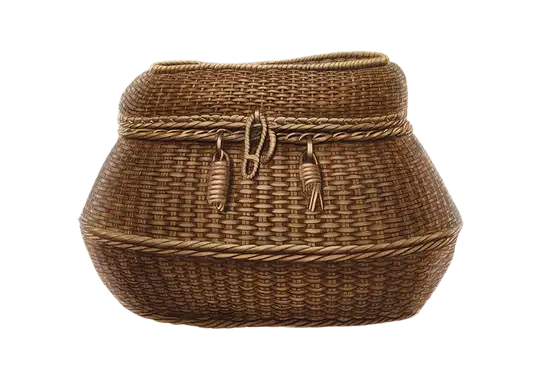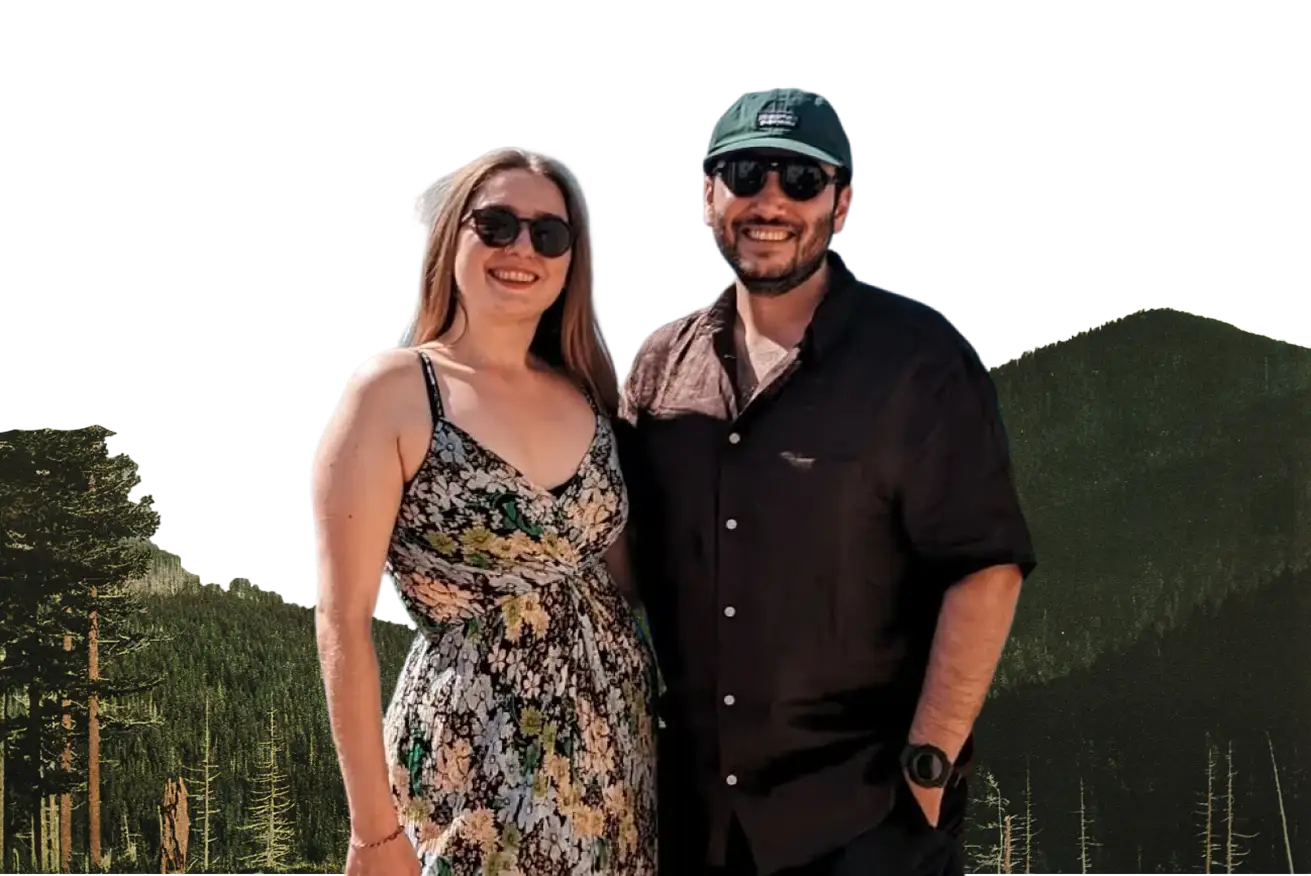Her eyes, crafted from tiny pieces of stone nearly two thousand years ago, seem to follow you, holding a look that is both mysterious and strikingly direct. This is the "Gypsy Girl" of Zeugma, a small fragment of a Roman mosaic that has become one of the most famous and beloved ancient artefacts in the world, drawing visitors to the Zeugma Mosaic Museum in Gaziantep, Southeast Turkey.
But her captivating gaze is only part of her story. It's a story of a once-great Roman city on the banks of the Euphrates River, a dramatic race against rising waters from a new dam, a last-minute rescue, and the touching way this single, saved face has become a powerful symbol of lost heritage and modern cultural identity for a whole city.
For us, Ola and Riza, seeing the "Gypsy Girl" in person was a deeply moving experience. Beyond her undeniable beauty, knowing her story – that she was saved from a city now largely underwater – adds a layer of deep meaning. She is not just a pretty face from the past; she is, in many ways, Gaziantep's soul, a touching representative for a submerged world.
Zeugma: A Roman City on the Edge of the Euphrates
To understand the "Gypsy Girl," we must first travel back in time to the ancient city of Zeugma. Founded around 300 BCE by Seleucus I Nicator (one of Alexander the Great's generals, a key figure in the Hellenistic period when Greek culture spread widely), Zeugma held a very important strategic position. Its name means "bridge" or "crossing," and it was located at a key bridging point on the mighty Euphrates River, one of the great rivers of ancient Mesopotamia (the historical land between the Tigris and Euphrates rivers).
This location made it a vital military and business hub on the eastern frontier (border region) of the Roman Empire. Roman soldiers (legions) were stationed here, and trade caravans passed through, bringing wealth and an international and diverse (cosmopolitan) population. Wealthy Roman officials, military commanders, and merchants built luxurious villas (large country houses) overlooking the river, their floors and walls decorated with spectacular mosaics.
For centuries, Zeugma was a thriving city. But like all cities, it eventually declined, and its exact location was largely forgotten, its treasures buried under layers of earth. It wasn't until the late 20th century that extensive archaeological digging sites (excavations) began to reveal the true size and richness of Roman Zeugma.
A Race Against Time: The Rescue of Zeugma's Treasures
The modern story of Zeugma is one of both discovery and the urgent threat of great loss. In the 1990s, plans for the Birecik Dam on the Euphrates River meant that a large part of the ancient city, including many of these richly decorated villas, would soon be covered by the waters of a new reservoir (a man-made lake). This started an urgent, large-scale international rescue operation. Archaeologists and conservationists (people who work to protect and repair historical objects and sites) worked tirelessly, racing against the rising waters to save as much of Zeugma's heritage as possible. It was a dramatic and often heartbreaking effort.
It was during these frantic final rescue digs, in a dining room of a Roman villa that was about to be flooded, that one of the most famous fragments was found: the "Gypsy Girl." This name is actually a modern nickname; experts believe she may represent a Maenad (a female follower of Dionysus, the Greek god of wine, celebration, and ecstasy) or possibly even Gaia, the earth goddess, though her exact identity is still discussed. What is undeniable is the extraordinary artistic skill shown in this small piece.
Made from tiny, expertly cut stone pieces (called tesserae by archaeologists – these are the individual small cubes that make up a mosaic), her face is created with incredible realism. Her wild, untidy hair, the gentle turn of her head, and above all, her large, captivating eyes, which seem to look directly at the viewer with a mysterious, almost knowing expression, are what make her so compelling.
The rescue of the "Gypsy Girl" and many other mosaics from Zeugma was a triumph of archaeological effort, but it also serves as a clear reminder of how much can be lost when modern development clashes with ancient heritage.
The "Gypsy Girl" and Gaziantep: A Modern Icon
Today, the "Gypsy Girl" is the main attraction and heart of the Zeugma Mosaic Museum in Gaziantep, one of the largest and most impressive mosaic museums in the world. She is displayed in a specially designed, dimly lit room, allowing visitors to focus entirely on her captivating gaze. Her image has become a powerful symbol for Gaziantep itself, appearing on posters, souvenirs, and promotional materials. She has, in effect, become the city's most famous face.
Why this particular fragment? Perhaps it's the directness of her look, which seems to create an immediate human connection across two thousand years. Perhaps it's the mystery of her expression – is she sad, curious, wise? Or perhaps it's the story of her dramatic rescue, making her a symbol of beauty saved from the edge of destruction. Whatever the reason, she connects deeply with people from all over the world. Her fame has brought international attention to Gaziantep and to the incredible artistic heritage of Roman Zeugma.
The "Gypsy Girl" of Zeugma, with her captivating and timeless gaze, serves as a touching face for a largely underwater city. She represents both the extraordinary artistic achievements of the Roman world and the heartbreaking fragility of our shared cultural heritage. Her rescue, and her important role as an icon for Gaziantep today, also offers a story of hope – that even when faced with loss, beauty can be preserved, stories can be told, and powerful connections can be made across the centuries. Her fame continues to draw attention to Gaziantep's rich cultural offerings and the ongoing importance of protecting such treasures.
.svg)




